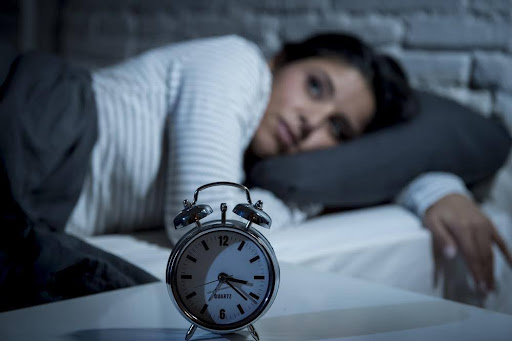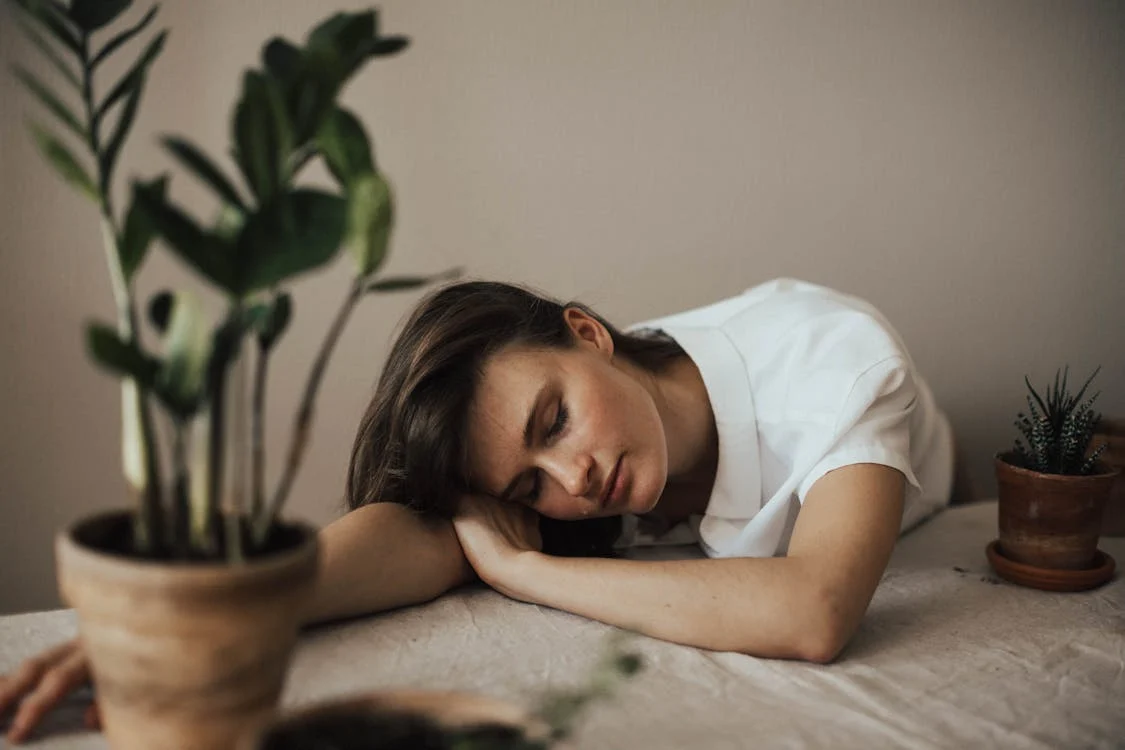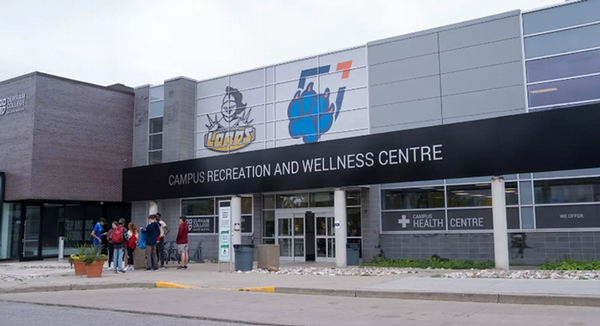Sleep struggles in women: Causes, challenges, and solutions
April 10, 2025
The average adult woman sleeps 8 hours and 27 minutes per night. Studies show that women tend to sleep 11 minutes more than men. However, women experience lower-quality sleep than men.
Common sleep problems for women
Women are more likely than men to experience sleep problems and are at a higher risk of developing certain sleep disorders, such as insomnia and restless legs syndrome.
Insomnia
Insomnia is a sleep disorder characterized by persistent difficulty falling or staying asleep, leading to unrefreshing sleep and daytime impairment. Hormonal changes related to menstruation, pregnancy, and menopause can contribute to its development. Treatment often starts with improving sleep habits, such as maintaining a consistent sleep schedule, limiting caffeine and alcohol, and creating a better sleep environment. In some cases, underlying conditions like depression, chronic pain, or bladder issues may be contributing to insomnia, making it essential to seek medical advice for appropriate treatment, including medication, therapy, or lifestyle adjustments.

Nocturnal sleep-related eating disorder (NS-RED)
Nocturnal Sleep-Related Eating Disorder (NS-RED) is a parasomnia in which individuals unknowingly consume food during sleep and have no memory of it upon waking. This condition often occurs alongside sleepwalking and may be linked to other sleep disorders that trigger nighttime eating. NS-RED can be managed through a combination of medication, therapy, stress management techniques, and lifestyle modifications, such as reducing caffeine and alcohol intake.

Restless Legs Syndrome (RLS)
Restless legs syndrome (RLS) causes uncomfortable crawling and tingling sensations in the legs, often occurring while lying down and triggering an irresistible urge to move. Since these symptoms are only relieved by movement, many women with RLS struggle with sleep disturbances. Poor sleep can lead to daytime fatigue, mood swings, anxiety, and depression, which can further exacerbate sleep issues. Iron deficiency is a known risk factor for RLS. Treatment options may include iron supplements, medications, and lifestyle adjustments to promote better sleep.

Sleep Apnea
Sleep apnea is a sleep disorder marked by repeated interruptions in breathing during sleep, often resulting in loud snoring, choking, and gasping sounds. These disruptions can lead to poor sleep quality and excessive daytime fatigue. While sleep apnea is twice as prevalent in men, its occurrence rises in women after age 50. The most significant risk factors include obesity and aging. Fortunately, various effective treatments are available, including lifestyle changes such as diet and exercise and medical interventions like CPAP therapy.

How does sleep change throughout a woman’s life?
Biological factors contribute to some sleep differences observed between men and women. Women generally take longer to fall asleep but spend more time in deep, restorative, slow-wave sleep than men. These gender-related sleep differences emerge during puberty. Among high school students, females are significantly less likely than males to achieve the recommended eight hours of sleep per night. Additionally, one-third of women experience menstrual-related symptoms such as cramps, headaches, and bloating, which can disrupt sleep.
Sleep issues should not be overlooked, as they can fluctuate in severity throughout life. However, improving sleep is possible with the proper steps and habits.




